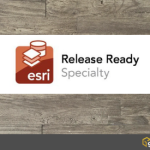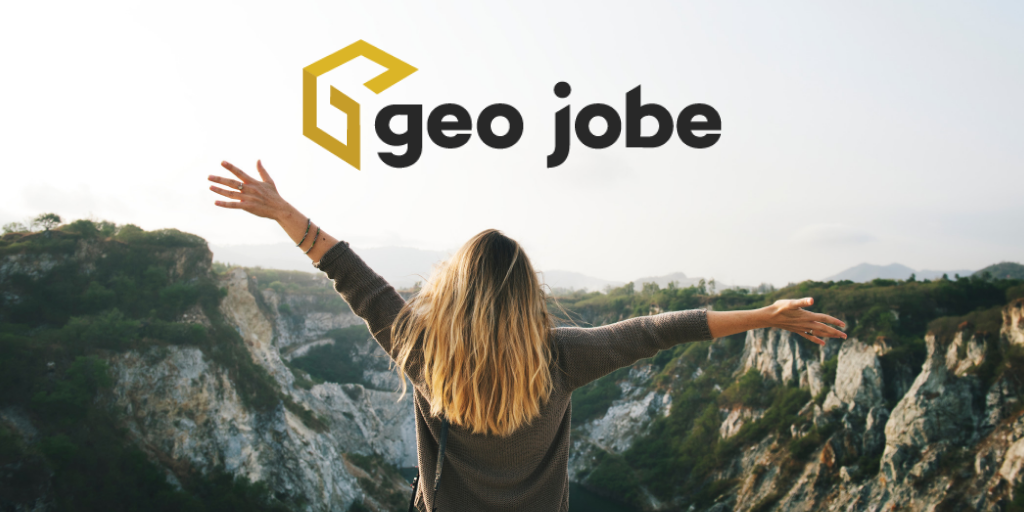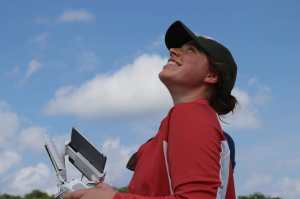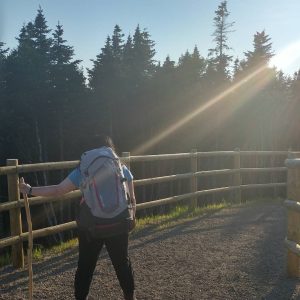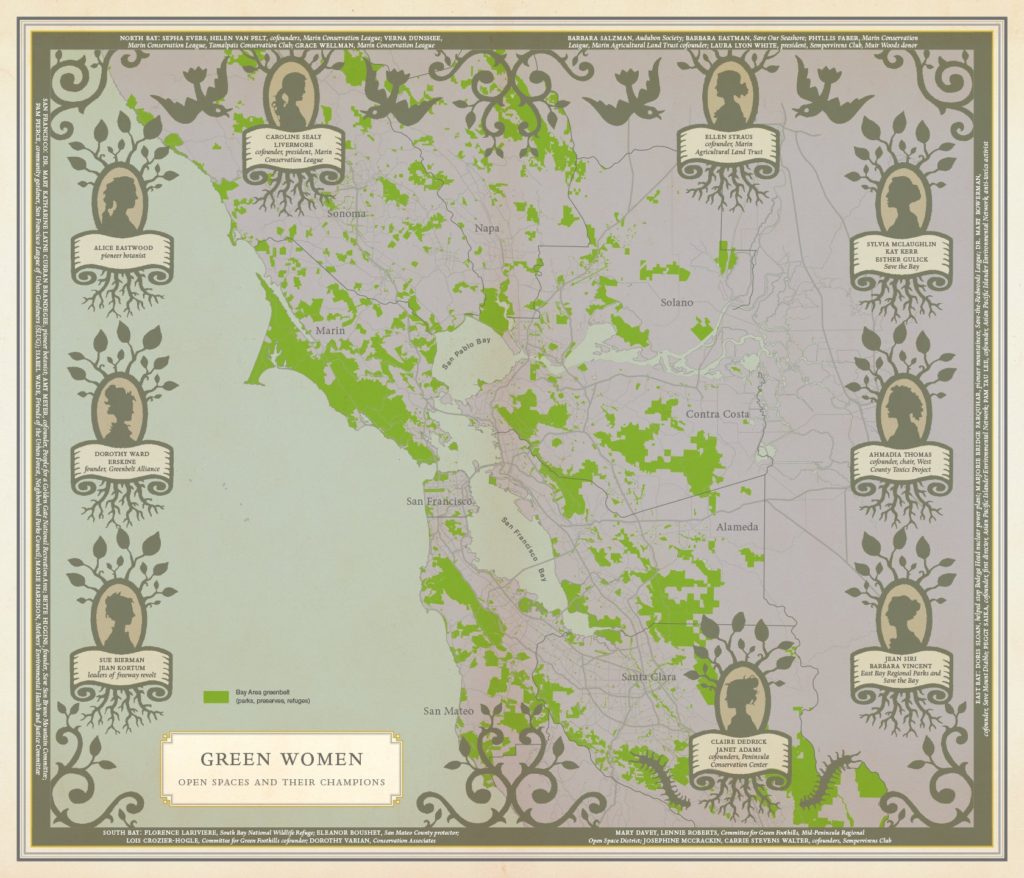2018 has been an exciting year at GEO Jobe, filled with growth and new hires. With Esri Press publishing Women and GIS: Mapping Their Stories in the next few months, we wanted to highlight the women who joined the GEO Jobe team in 2018.
Courtney Kirkham
Junior Application Developer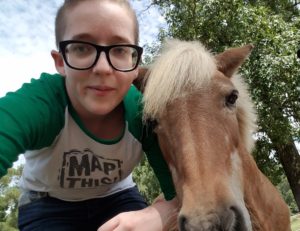
When did you first discover GIS?
The first time I heard of GIS was when I met our COO, David Hansen, through a mutual friend. As he told me more about his work, I got curious enough to look into my university’s program for it.
What gets you most excited about programming?
The draw of programming is that there are constantly new challenges. It’s a field where developing problem-solving skills and learning are essential.
Do you have any advice for young women looking at careers in Application Development?
Try as many different roles when you can; you never know what you’ll like. Also, don’t be afraid to reach out and talk with other people. The ability to ask for, or offer, help is invaluable in this field, as are the skills required to work with others.
What’s your favorite GIS tool or app?
Since my background is more in software development, I’m still learning a lot about the GIS side of things. Story maps are really cool; it’s fun to see what people come up with. Oh! At a conference we attended in October, Esri’s Brad Owens did a presentation that highlighted Operations Dashboard. That looked really powerful, and I’m looking forward to any opportunity to work with that in the future.
When not at work, what do you do for fun?
Hahaha. I work on programming – either on personal projects or reading up on what’s going on in the field. If I’m not doing that, I’ll often play games (board / card / video) with my friends, practice karate, or tend to my houseplants.
Christine Munisteri
Junior Solution Engineer
When did you first discover GIS?
I first discovered GIS in my sophomore year at Skidmore College. There was a lecture about a Community Geography Research Experience for Undergraduates (REU) that I went to for an Environmental Studies class and then took an intro course the following semester.
What personal strengths do you feel are key to working in the field of GIS?
Being receptive to constructive criticism and tips from the people around you, no matter the field you’re in, is essential to success. Another thing to keep in mind is that there are, quite often, several different ways to accomplish a single task, so not being afraid to think outside of the box and try methods that you’re not used to is really important.
What project have you worked on that you are most proud of?
My all-time favorite project is Open Reef, which I co-founded with my team at Citizen Science GIS. We started Open Reef with the goal of drone mapping every island in Belize to create high resolution, open source aerial imagery to support environmental policies, research, and education. Many small, vulnerable islands off the coast of Belize (and islands all over the world) tend to be mere smudges in free satellite imagery. The clarity that we achieve with drones blows my mind, no matter how many times I look at the imagery. It’s awesome to see the excitement from people who could benefit from imagery of that quality when we show it to them. I love hearing different perspectives and ideas for how the imagery can be used–some things I’ve heard had never even crossed my mind, which just highlights the need for local knowledge when you’re doing that type of work.
What’s your favorite GIS tool or app?
I’ve become a big fan of story maps over the past couple of years. I love that there are so many different features at your disposal to help you convey a message in creative ways that may not be possible with a typical map.
When not at work, what do you do for fun?
I love riding my bike, playing sports, and cooking. Since moving to Nashville, I’ve gotten into ultimate frisbee, so I enjoy getting to spend a few hours a week doing that and meeting new people.
Michelle Brake
Junior Solution Engineer
When did you first discover GIS?
An Intro to GIS class was a requirement for my undergraduate degree. Before the class, I was familiar with maps but had never thought about Cartography of GIS. The class gave me an appreciation for the behind the scenes aspects of mapping and how I could use it alongside my studies in community planning.
What map has made a difference in your life?
For a class early on in university, one of the required textbooks was Rebecca Solnit’s Infinite City: A San Francisco Atlas. It changed the way I looked at maps and the artistry that goes into making them. This atlas features beautiful thematic maps with an accompanying essay. The one that stuck with me was Green Women: Open Spaces and Their Champions.
Do you have any advice for young women looking at careers in GIS?
Diversify your skills and keep your learning broad when starting out. Don’t limit your learning to just ArcMap; look at python, JavaScript, ArcGIS Online, Enterprise, and anything else you can. Having a wide set of skills will let you figure out where you want to focus within the world of GIS.
What’s your favorite GIS tool or app?
I am a big fan of AppStudio for ArcGIS. You can quickly build and deploy basic apps, dig in further to customize, or even start from scratch. I had the opportunity to use AppStudio as part of my capstone project while at the Centre of Geographic Sciences. I worked with a community mapping group called MAPANNAPOLIS to explore technology for highlighting historical walking rails.
When not at work, what do you do for fun?
I love being outdoors! You can usually find me hiking, kayaking, or camping. I am also a big movie buff and keep up on what’s new in theatres.
Women and GIS: Mapping Their Stories
Note: The GEO Jobe team continues to grow. We encourage you to monitor our Career page for opportunities to join our team. Meet more GEO Jobe team members in the Team Spotlight Section.


